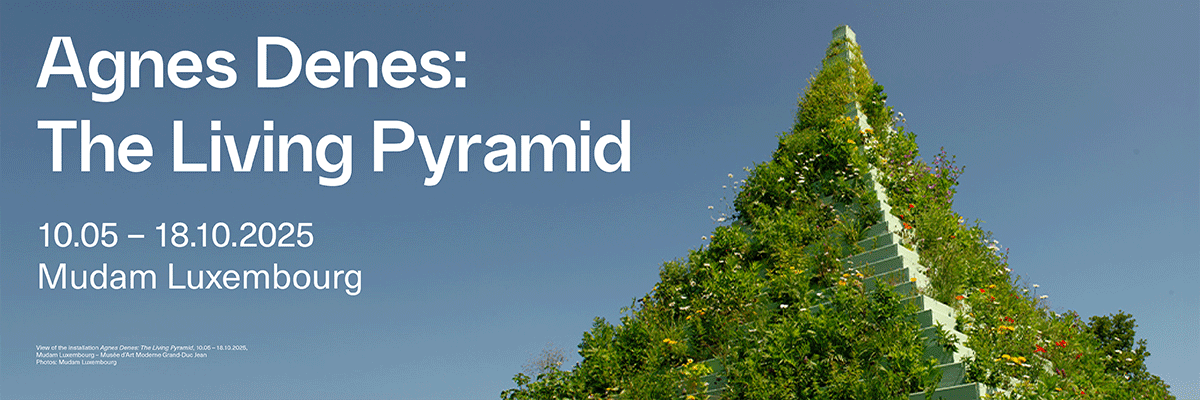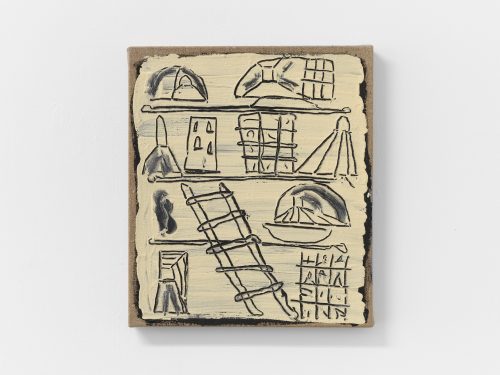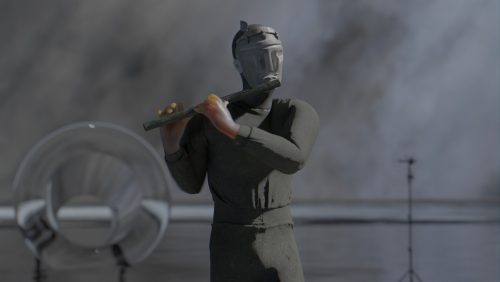
Thomas Bayrle
Thomas Bayrle
Project Info
- 💙 Galerie Johann Widauer
- 🖤 Thomas Bayrle
- 💜 Florian Waldvogel
- 💛 Nikolaus Schletterer / Galerie Johann Widauer
Share on

Advertisement
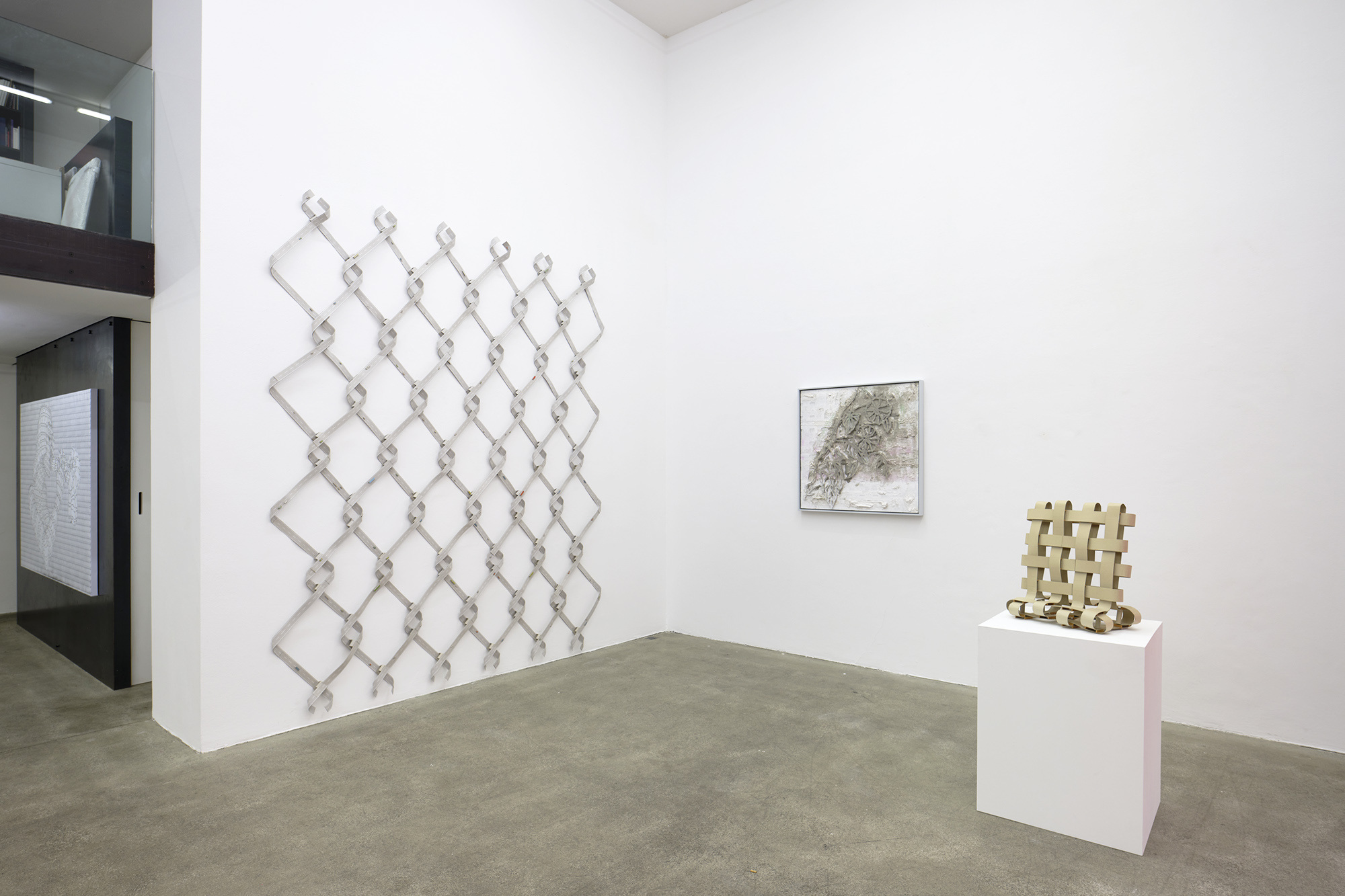

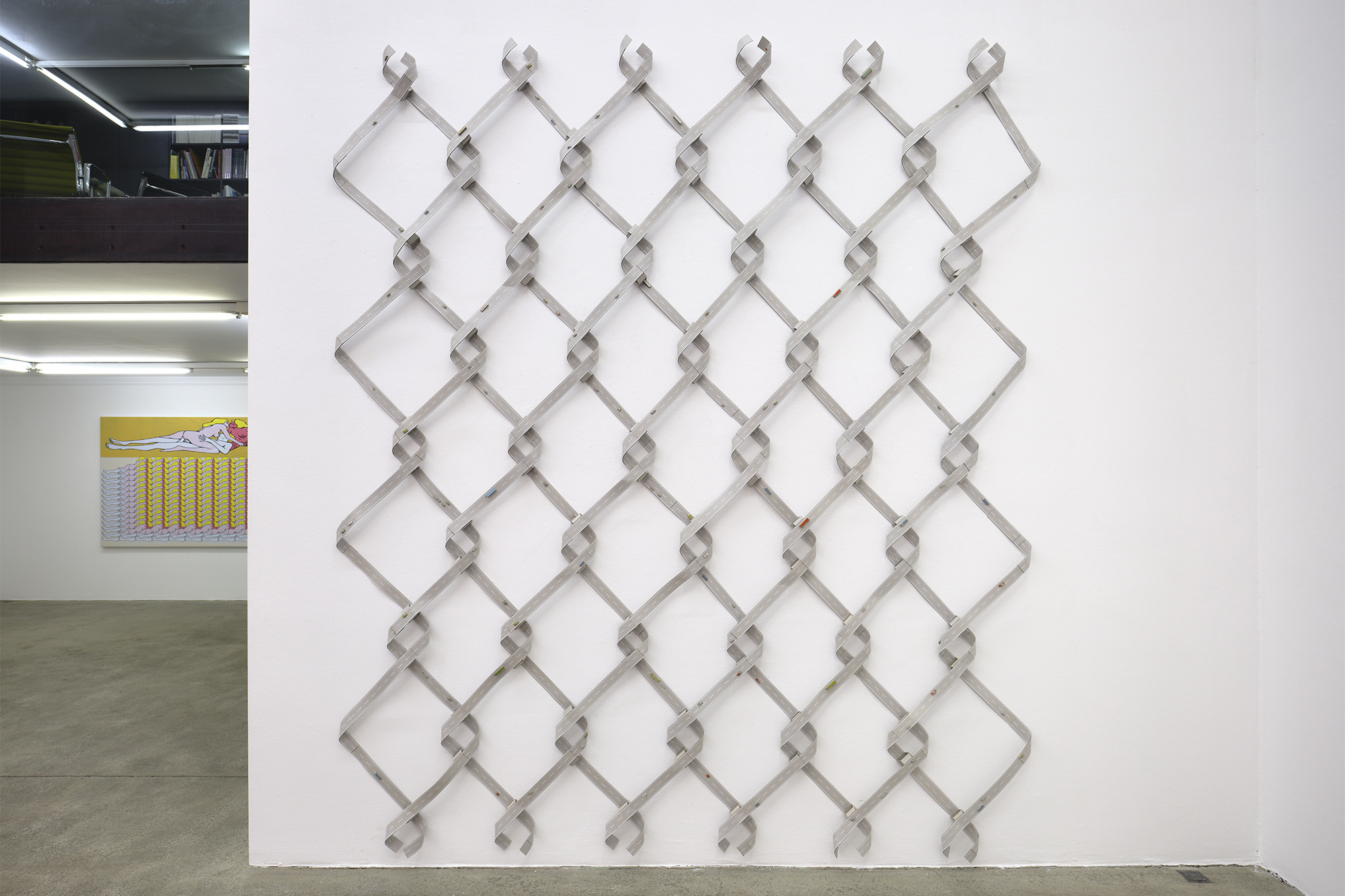
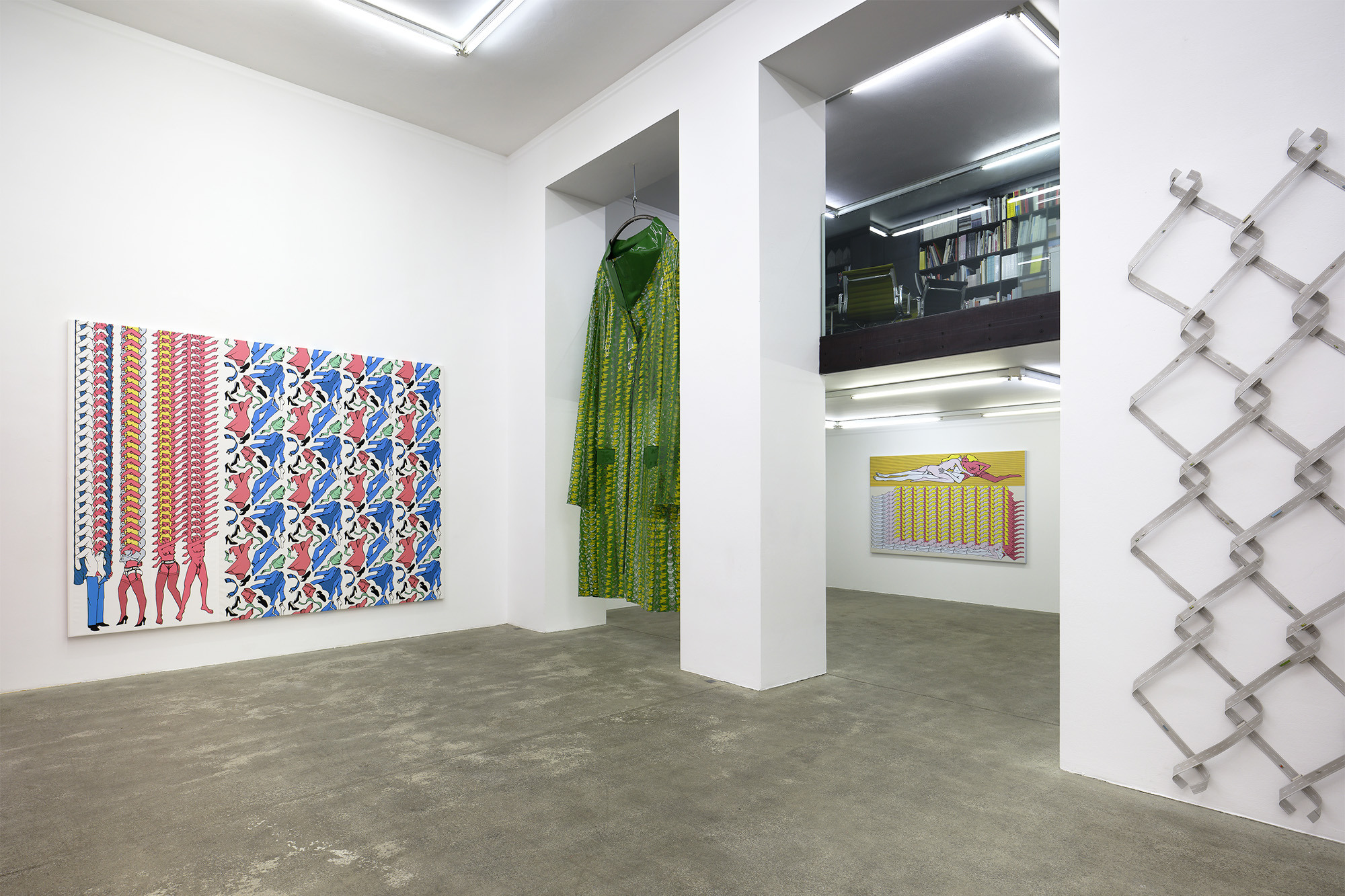
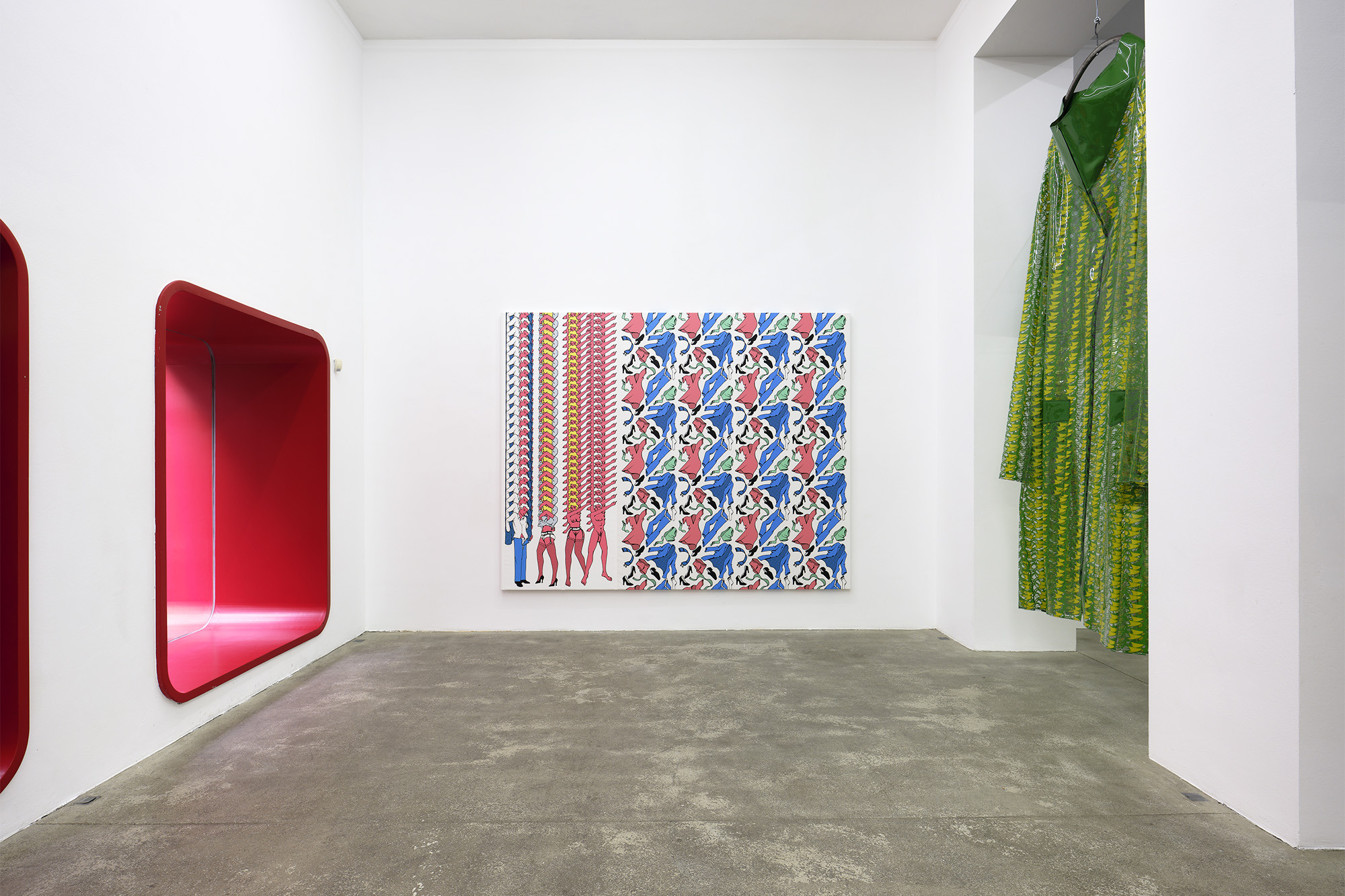


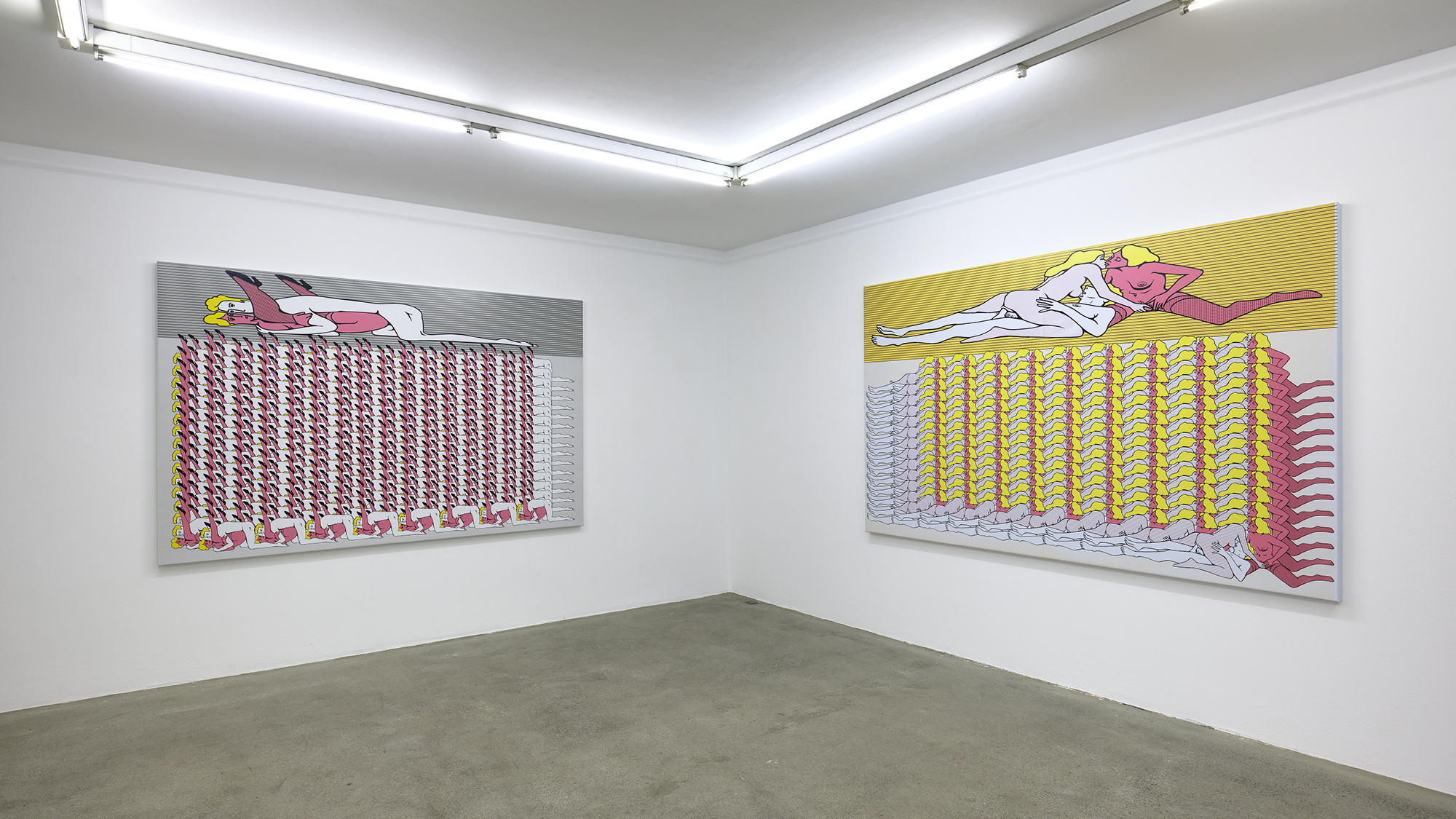
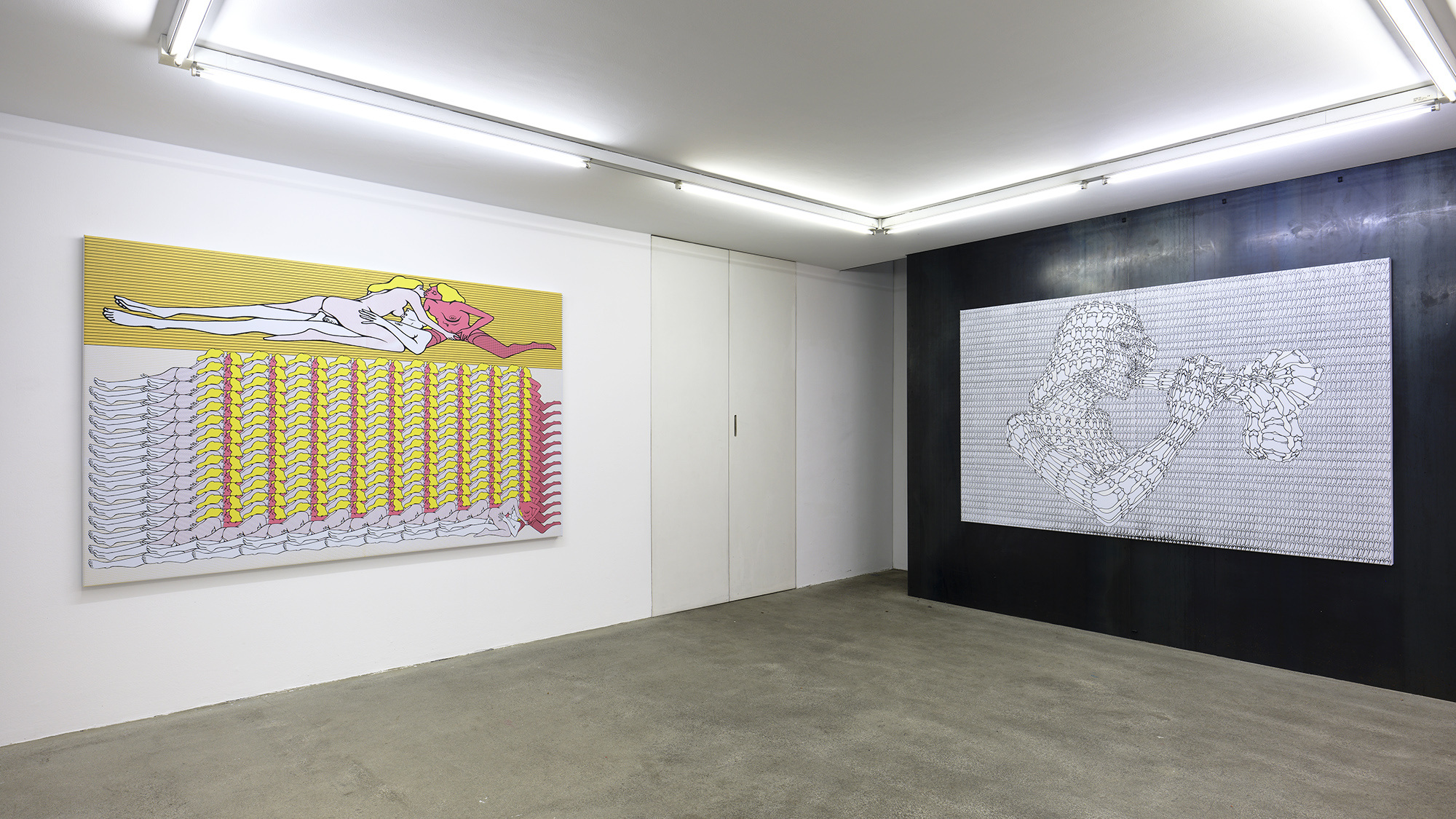
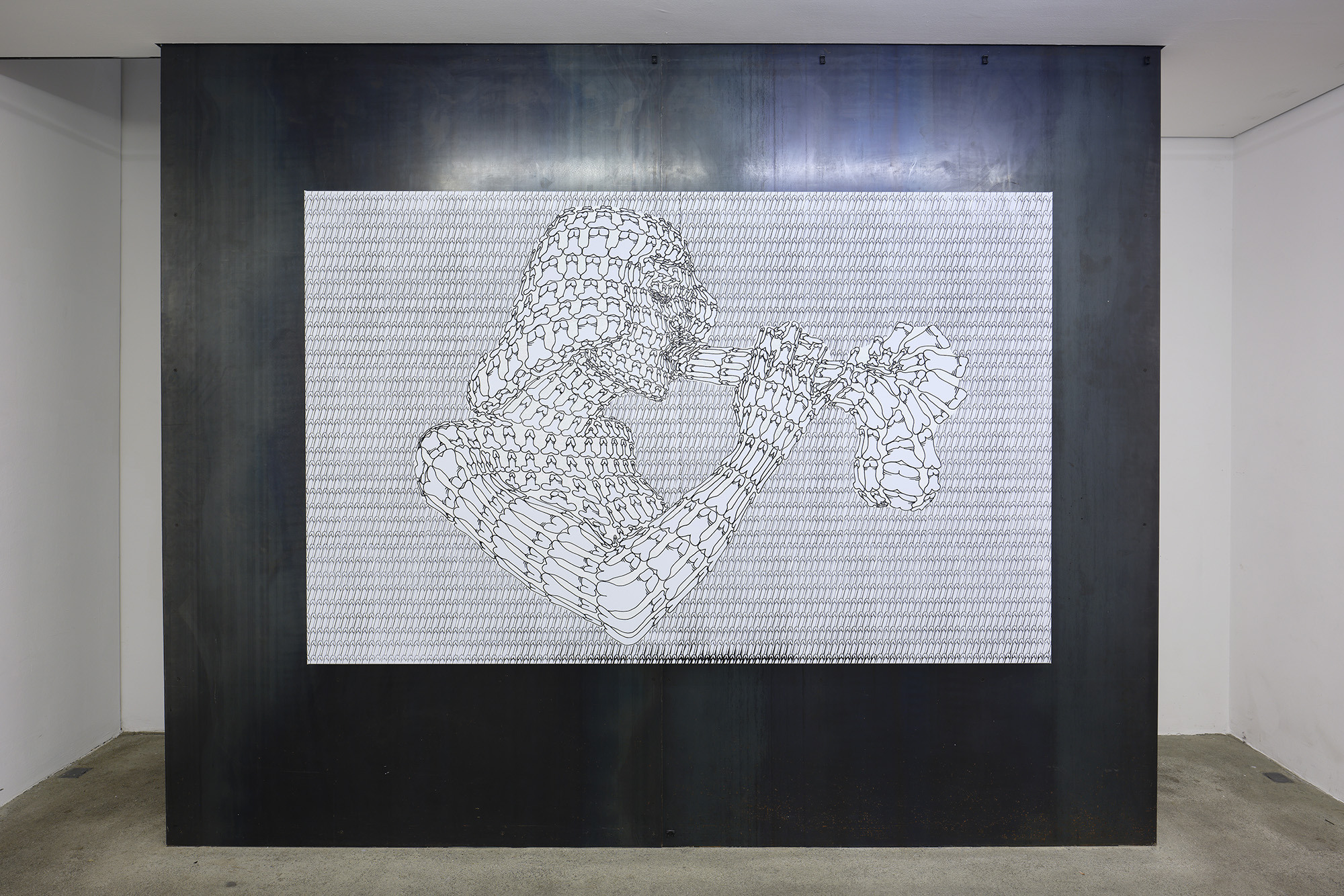
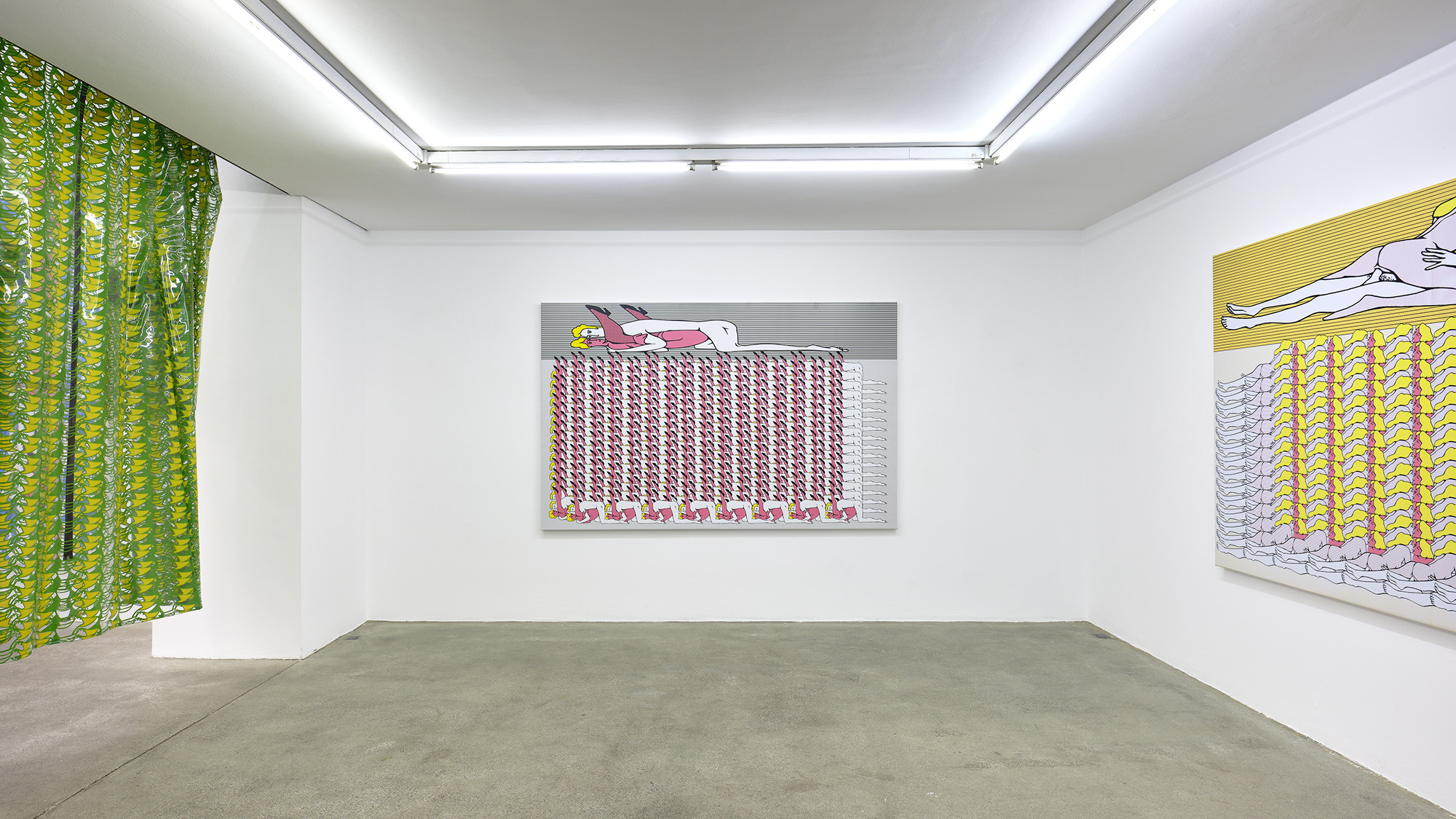
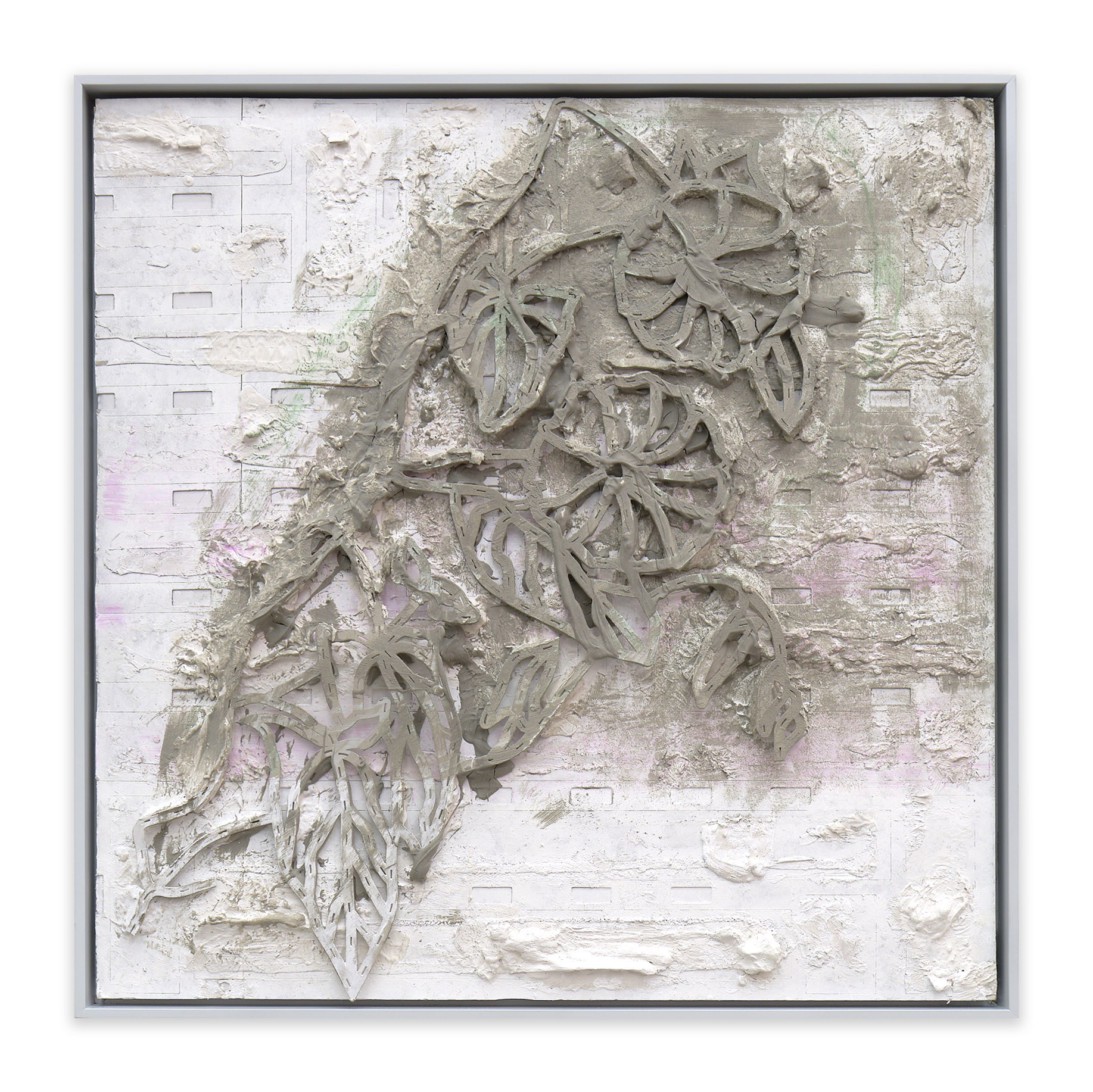
Thomas Bayrle, Vollgeschmiert 3, 2017, 90 x 90 cm, Acrylic, Cardboard
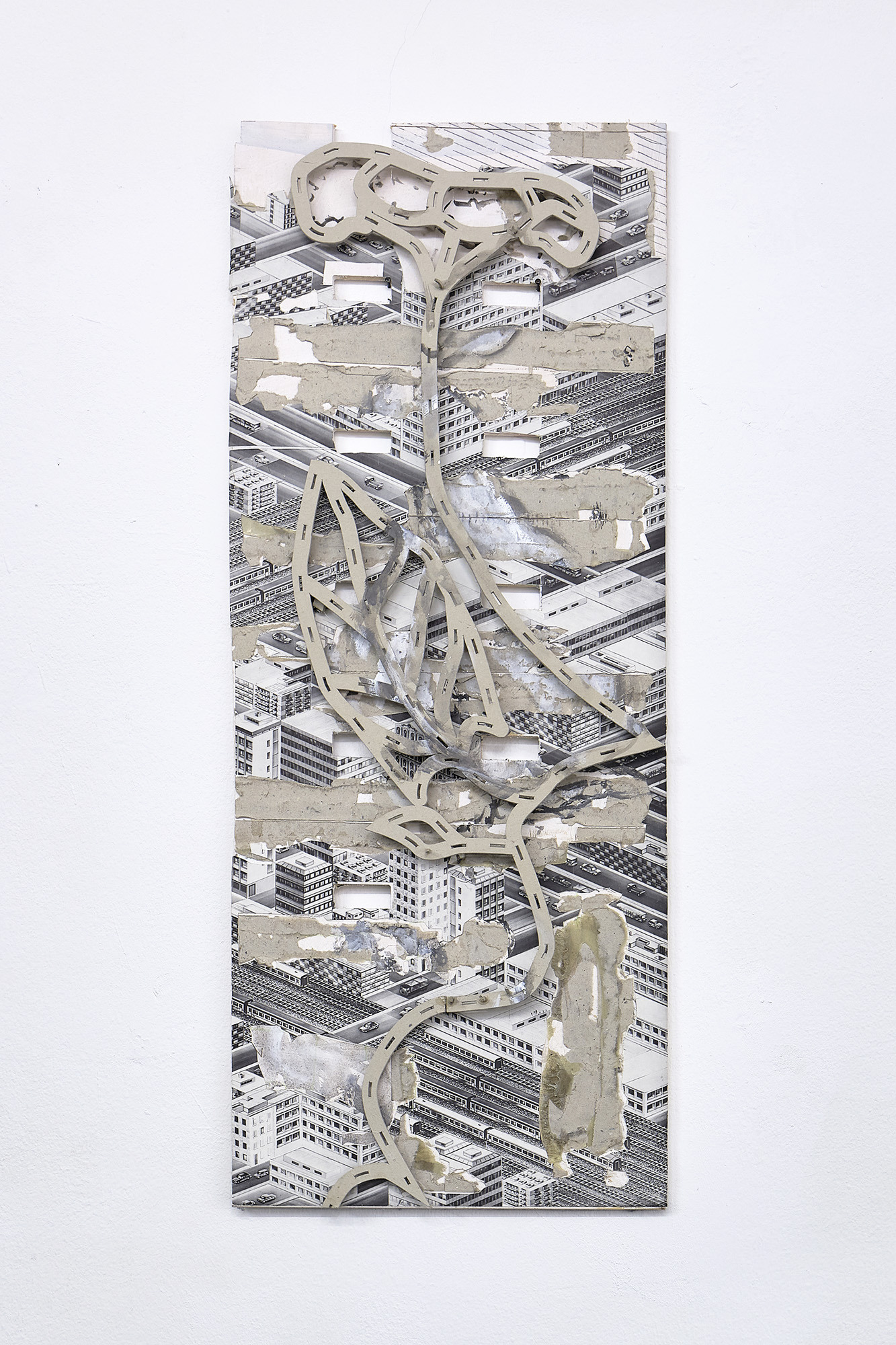
Thomas Bayrle, Der Ruhr-Schnellweg, 2016, 73 x 29 x 3 cm, Acrylic, Screenprint, Cardboard, Wood

Thomas Bayrle, Autobahn, 2016, 2-parts, 204 x 30 x 4 cm, Acrylic, Cardboard, Wood

Thomas Bayrle, Feuer im Weizen, 1970/2001, 309 x 245 cm, Screenprint on PVC
Thomas Bayrle at Galerie Johann Widauer
Alongside the serial, symmetry has been the central design mode of Thomas Bayrle's pictorial compositions since the 1960s. The positioning of the figures, the embedding of the fragments in spaces, the arrangement of the décor is subject to the systematic of symmetry. The result of such a rigid formalism are images of extreme syntheticism, formulations of an iconographic system of visualising order as a social organising principle. The calculability expressed in the geometric idealisation of things reduces everything to mathematical abstraction. Everything becomes an appearance, being with method.
In his 1970 series "Fire in the Wheat", Bayrle describes the female and male body as a phantasm of the Other. Both the alienation from nature and the anatomical body are completely politicised. Its visualisation is created through the constant repetition of gender norms anchored in the heterosexual cultural matrix. Bayrle's serial representations of the sexual act can be seen as his dialectical visual response to the overall social will to mechanise the organic-living in the early 1970s, whose historical point of departure again lies in the Enlightenment. Man as clockwork and machine were expressions of a deification of the instrumental and calculable. Man as an automaton was celebrated as an ideal image and was supposed to guarantee the smooth functioning of the individual and society. In direct derivation from the Romantic phobia of a fully mechanised world, Bayrle formulates a self-reflexive system of the machine in numerous other artistic works, in which images become puppets and spare parts, in which the criteria of distinction between image and machine have become obsolete.
Bayrle's denial of the freedom of the individual, as visualised in "Fire in the Wheat" or many other works, are part of a superordinate aesthetic model. This model destroys the definition of the subject as set by the discourse of the Enlightenment. Man is not autonomous after all; he is divisible and yet not unique. The deconstruction of the bourgeois individual finds a different aesthetic form in Bayrle's work in the form of the stencil-like, which is present in almost all his works. The stencil-like is a decisive component of the dissociation of the subject. The stencil-like expresses man's doubt about the unity of his person.
Bayrle diametrically opposes the self-image of a bourgeois society, which presupposes the autonomy and uniqueness of the individual as the central dimension of its conception of man, with a technocratic model of the externally determined, doubled and divided human being. The artist exposes the bourgeois concept of the subject as an inadequate attempt to conjure up a social unity of the human being, when it is precisely through this compulsion that a split has been triggered. Bayrle's works are visible compositions of a human echo, his works reflect the Enlightenment and the crisis of the ego of us all.
Florian Waldvogel

